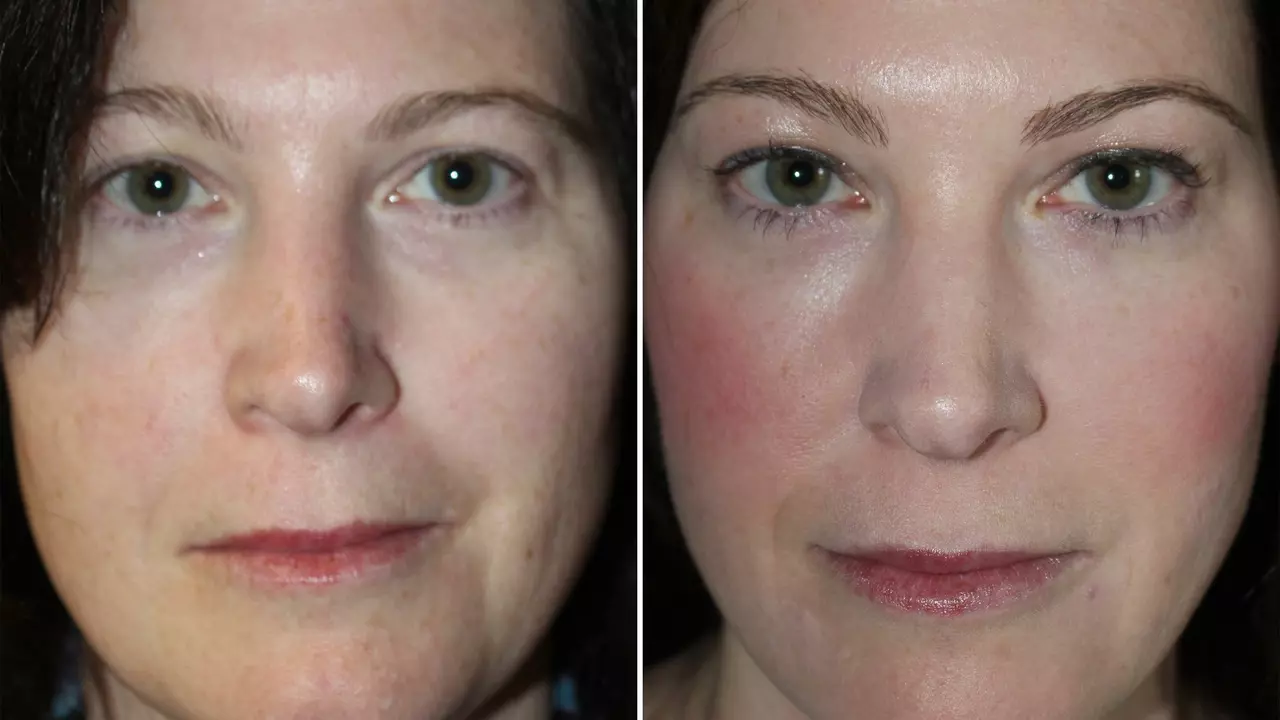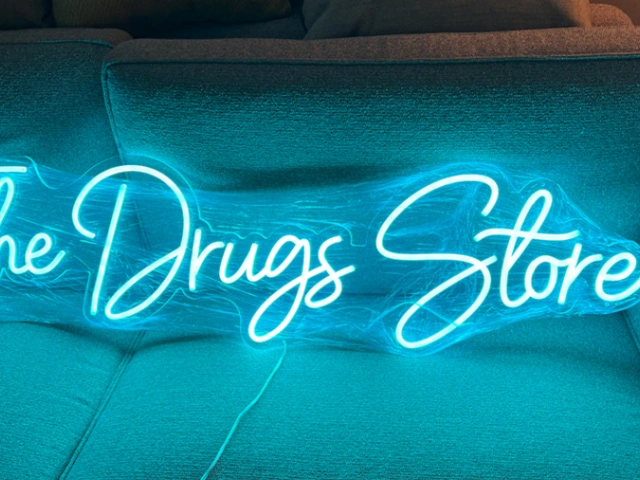Effectiveness: How to Tell if a Drug Will Work for You
Not every medicine that helped someone else will help you. This tag collects clear, useful guides — drug comparisons, alternatives, safety checks, and real-world tips — so you can judge effectiveness without guessing. Below are practical steps you can use right now.
How to judge drug effectiveness fast
Start with the goal. Are you easing a symptom (like anxiety or heartburn) or changing a lab number (like cholesterol)? Different goals need different evidence. For symptom relief, patient-reported outcomes matter. For lab targets, look for trials that report those specific numbers.
Check the quality of evidence. Randomized controlled trials and official guidelines beat a single review or anecdote. When you read articles here — for example on Lipitor, non-statin cholesterol drugs, or Ativan — look for mentions of trial results, duration, and how big the benefit was.
Consider dose and duration. A medicine can be effective only at a certain dose or after several weeks. If a treatment seems to fail, confirm you had the right dose and enough time before switching.
When to consider alternatives or safety checks
Personal factors change effectiveness. Kidney or liver problems, pregnancy, age, and other drugs you take can reduce benefit or raise risk. Our pieces on drug interactions and combined use — like didanosine interactions or Lyrica plus Zoloft — show how combinations can change results.
Side effects affect real-world effectiveness. If side effects force you to stop, the drug is ineffective for you even if trials showed benefit. Read side effect guides (Ativan, Lipitor) to weigh expected benefits against real risks.
Think about adherence, cost, and access. A cheap, safe alternative you can take consistently is more effective than an ideal drug you never start. That’s why we cover practical topics like safe online buying (Vistaril, Nitrofurantoin guides) and generic substitutes.
How to monitor: track clear markers — symptom scores, frequency of infections, or lab values. For example, check UTI symptoms after a course of Nitrofurantoin, or repeat lipid panels after starting a statin or non-statin agent. Share results with your clinician and adjust as needed.
If a drug fails, don’t guess. Look for proven alternatives. Our posts on Flagyl/Metronidazole alternatives, Valtrex options, and other substitutes list when and why another drug might work better.
Want a simple checklist? 1) Define the goal. 2) Verify evidence and dose. 3) Review interactions and risks. 4) Ensure you can afford and stick to the plan. 5) Monitor results and talk to your clinician. Use the articles under this tag to dig into specifics for any drug you’re considering.
Browse the linked guides here for comparisons, safety advice, and step-by-step tips to pick treatments that actually work for you.

In exploring the effectiveness of chemical peels for chloasma, I've discovered numerous benefits. Chemical peels have been found to reduce the appearance of these dark patches, often caused by hormonal changes or sun exposure. They essentially exfoliate the skin, removing the damaged outer layers and promoting new, healthier skin growth. However, their effectiveness can depend on various factors, including the type and depth of peel, so it's crucial to consult with a professional. Overall, they offer a promising treatment option for chloasma sufferers.






